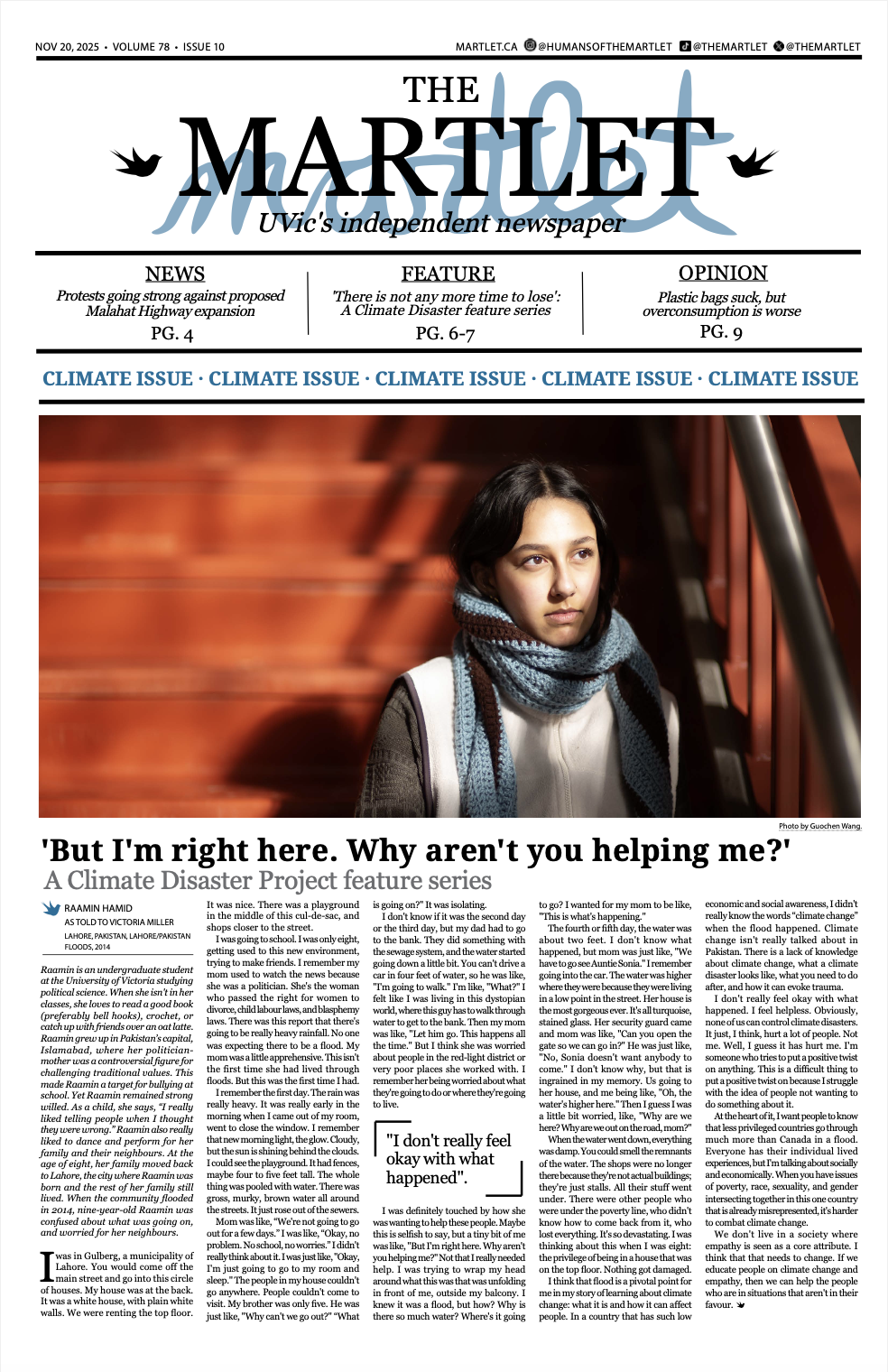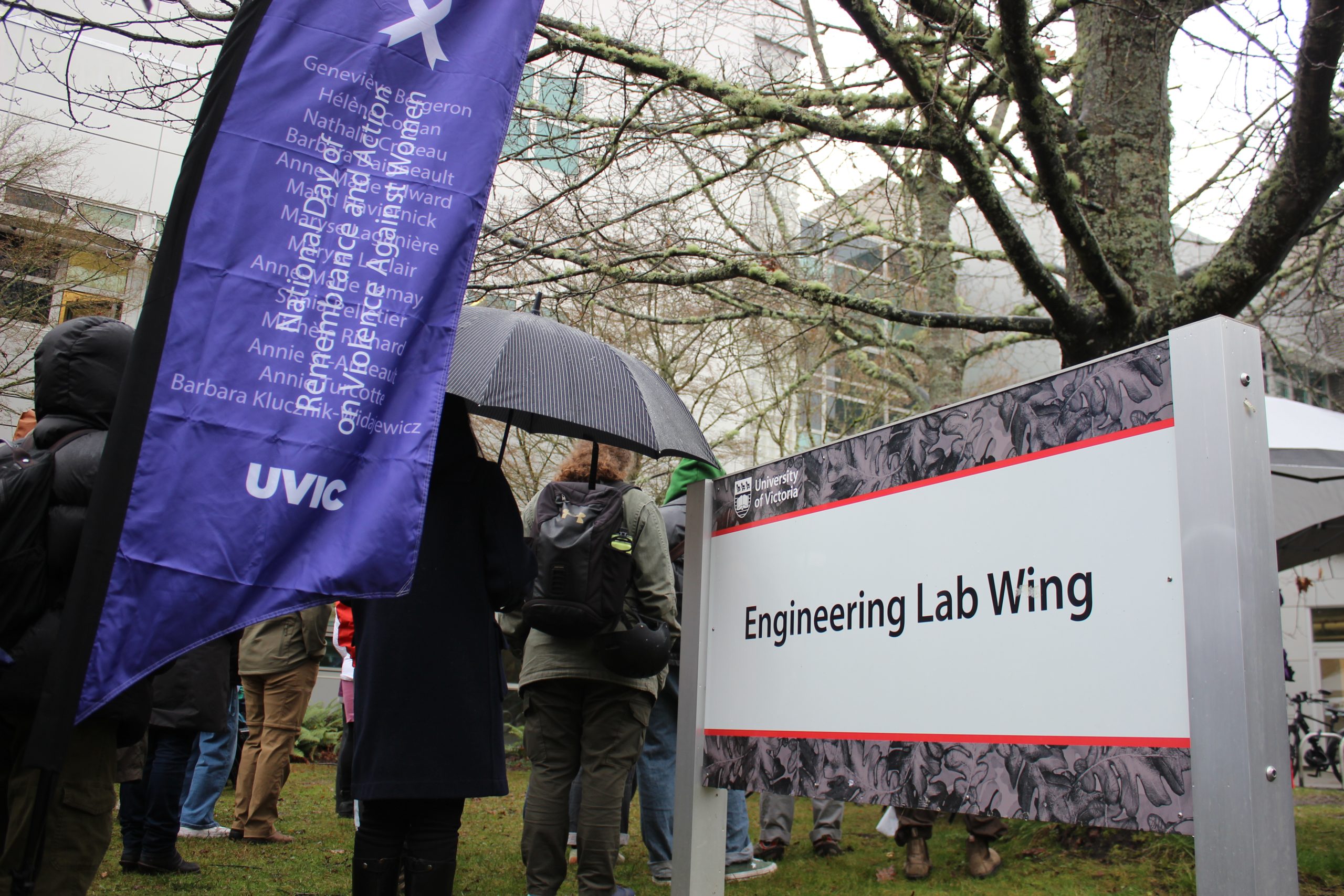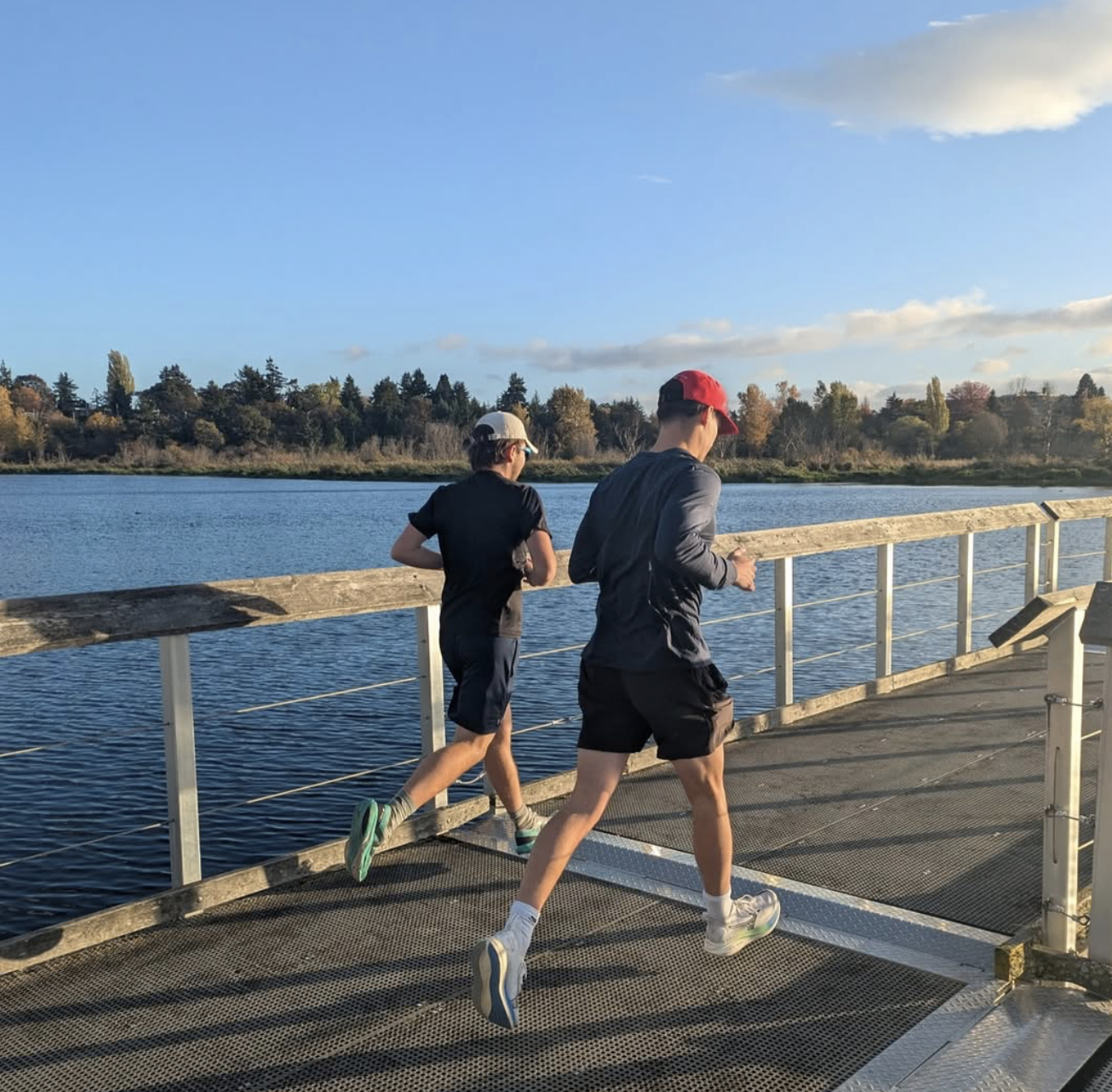The difference in amount spent on water vs oil is tremendous

In his 2015 election campaign, Justin Trudeau vowed to end water advisories on reserves by the end of his five-year term. It has been six years since he made that promise, and there are still dozens of reserves without clean drinking water. Not only that but there are still communities fighting the federal government in court.
Three communities, Tataskweyak Cree Nation, Curve Lake First Nation, and Neskantaga First Nation began a class action lawsuit in 2020 to address the broken promises to end these advisories. According to the APTN, “Fifty-one long-term advisories remained in effect in 32 [Indigenous] communities as of June 16.”
Although this deal is not finalized, it could mean $6 billion goes to communities to bring clean drinking water, and $1.5 billion would go to individuals from 258 communities in compensation for being forced to consume unsafe drinking water. The lack of action, and the federal government going past their promised date, should not come as a surprise.
In 2017, the David Suzuki Foundation and the Council of Canadians released a report titled “Glass Half Empty” which analyzed the Trudeau governments’ actions towards ending water advisories on reserves after one year in power.
This report analyzed nine different communities in Ontario, and any actions or inactions that had been taken to bring them clean drinking water. The report, unsurprisingly, found that Trudeau‘s actions were inadequate. The report included seven key problems in the clean water policy thus far, and recommendations to improve them.
The Trudeau government clearly did not heed the recommendations. They are still far behind their promised goal. In the six years that Trudeau has not been putting money towards completely absolving these drinking water issues, he has been spending money in other places.
In 2018, Trudeau made the decision to buy a $4.5 billion pipeline. The Trans Mountain pipeline was purchased by the Canadian government and is still being built with federal funds, despite the immense amount of opposition to the project. $4.5 billion may sound like a huge amount, but it is estimated that the Canadian government has provided $23 billion to support pipelines in Canada since 2018 alone.
What could this $23 billion accomplish if it was spent bringing clean drinking water to reserves?
Well, it cost the federal government a little over $5 million to begin building a completely new water treatment facility on the Jackhead reserve in northern Ontario. If the Trudeau government was to give the same amount to constructing water treatment facilities on each reserve that is included in the recent class action lawsuit (258), it would only cost about $1.3 billion. The cost of building a water treatment plant on 258 reserves is only 5 per cent of what the Canadian government has spent on pipelines in the last three years. Still, people complain about the cost of bringing clean water to all Indigenous communities.
No more excuses. The Trudeau government was well within its means to end the problem of water advisories in the five-year timeline that it gave. All people that live on these lands and have a voice towards the government must stand up. Water is a human right. Trudeau could have and still can end water advisories. His government just chose not to.








